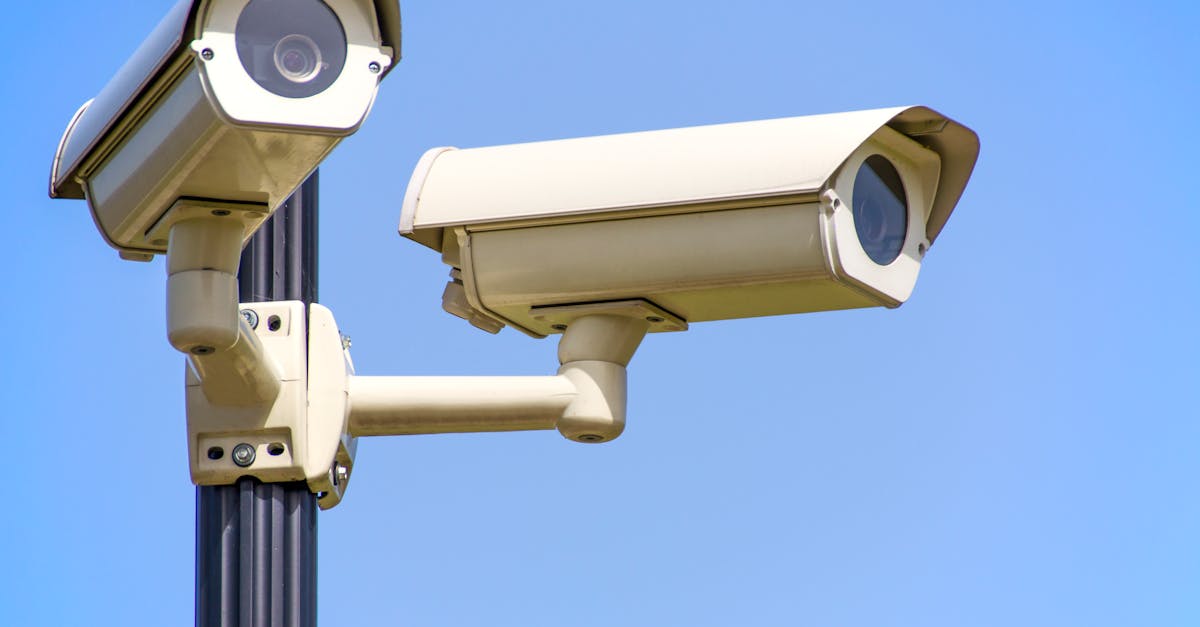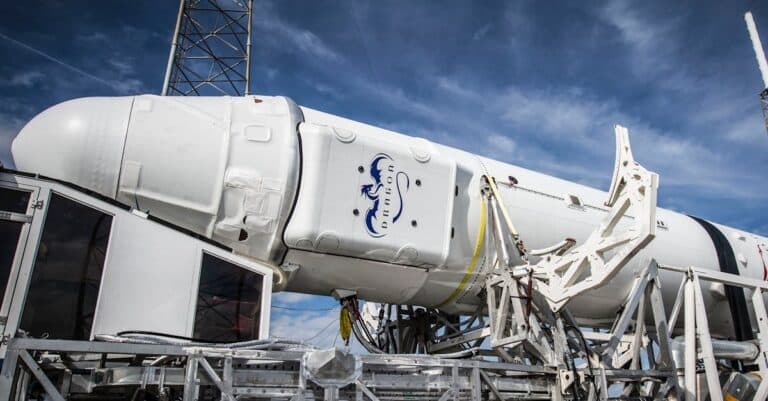The technology of recognition has profoundly changed our approach to safety and security. Thanks to advanced devices, such as facial recognition and image analysis systems, it is now possible to quickly identify individuals and assess critical situations. These innovations allow not only to enhance the protection of individuals and infrastructures but also to optimize responses to threats. The impact of these tools on the landscape of modern security is significant, transforming our perceptions and expectations regarding protection.
Modern security is an ever-evolving field, and the emergence of recognition technologies has transformed our approach to protecting individuals and property. Recognition equipment, particularly facial recognition and image recognition, represents a significant advancement that redefines security measures across various sectors, from public authorities to private companies.
Facial recognition relies on sophisticated algorithms that analyze and compare an individual’s facial features with a database of images. This allows for quick and precise identification, facilitating identity verification in various contexts, such as airports and public events. However, its use also raises ethical concerns and questions of privacy, bringing up issues surrounding large-scale surveillance and the necessary regulations.
In the security sector, image recognition tools are used to identify objects, people, or suspicious behaviors. The application of this technology allows security personnel to anticipate and react more effectively to potential threats. For example, at large event sites such as concerts or demonstrations, image analytics provide real-time insights that enhance the safety of participants.
Autonomous vehicles are another area where image recognition plays a crucial role. These systems use cameras and sensors to navigate safely within their environment, identifying obstacles, traffic signs, and even pedestrians. This technology not only optimizes road safety but also contributes to reducing accidents caused by human error.
An exciting aspect of the revolution brought about by recognition is its integration with other security systems. For instance, when paired with video surveillance devices, facial recognition can significantly enhance the security of sensitive installations. By combining multiple data sources, law enforcement can conduct thorough analyses and detect patterns of suspicious behavior.
However, implementing these technologies is not without challenges. The limitations of image recognition, due to algorithmic biases or unfavorable lighting conditions, can affect the accuracy of results. Furthermore, the legal and ethical questions surrounding their use require careful attention, and lawmakers must establish an appropriate regulatory framework to ensure responsible usage.
Biodiversity and the sociopolitical aspects of facial recognition devices are also major issues. Debates surrounding the “surveillance society” challenge the balance between security and freedom, prompting reflection on the impact these technologies can have on our daily lives.
In summary, recognition equipment plays a fundamental role in redefining modern security. By integrating advanced technologies, it is possible to enhance protection measures while navigating the ethical and societal challenges that arise. Collaboration between technologies and regulations will be essential to shaping the future of security in a balanced and responsible manner.

FAQ: Recognition Equipment and Modern Security
Q: How does recognition equipment contribute to improving security?
A: Recognition equipment allows for the identification and real-time analysis of potentially dangerous situations, thereby enhancing security measures.
Q: What types of recognition technologies are in use today?
A: Technologies include facial recognition, image recognition, and advanced surveillance systems that leverage artificial intelligence.
Q: What are the practical applications of these technologies in security?
A: These technologies are used in various areas such as access control, public space monitoring, and identification of potential threats.
Q: Are there ethical concerns regarding the use of facial recognition?
A: Yes, there are ethical concerns, particularly regarding privacy, excessive surveillance, and potential algorithmic discrimination.
Q: Does recognition equipment facilitate the management of security incidents?
A: Absolutely, it allows for a quick response by providing clear and precise information during incidents, improving the coordination of security teams.
Q: Is image recognition reliable in varied environments?
A: Image recognition has limitations, notably due to lighting conditions and viewing angles, but technological advancements continue to enhance its reliability.
Q: How does facial recognition impact the private sector?
A: In the private sector, it is used to strengthen business security, improve customer experience, and monitor suspicious behaviors in stores.
Q: What are the future trends in security using recognition equipment?
A: Future trends include the integration of artificial intelligence for smarter and more autonomous systems, as well as advanced biometric devices.























